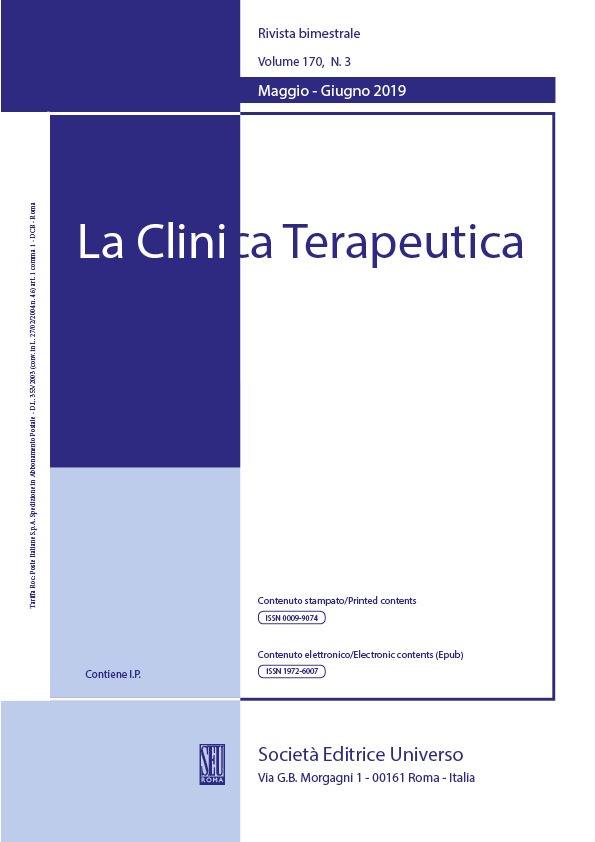Abstract
Purpose
To measure foveal morphology using optical coherence tomography (OCT).
Methods
Three examiners classified normal subjects and patients with macular edema and epiretinal membranes from a normative database (299 OCT scans) and a study sample (80 OCT scans) on the basis of the foveal depression appearance (reference classification). The following parameters were measured for each OCT scan: Central Foveal Thickness (CFT), Central Subfield Thickness (CST), Central Subfield Volume (CSV), Centrofoveal Index (CI), Parafoveal Index (PI), and Foveal Indices (FI1, FI2, FI3). Foveal depression of OCT scans in the study sample were classified based on the values of OCT parameters using Bayesian statistics (test classifications).
Results
Agreement between reference and test classifications was of 70% for CFT, 58.7% for CST, 60% for CSV, 80% for CI, 72.5% for PI, 88.7% for FI1, 96.2% for FI2 and 97.5% for FI3.
Conclusions
IF3 seems to provide a reliable measure of the foveal morphology
